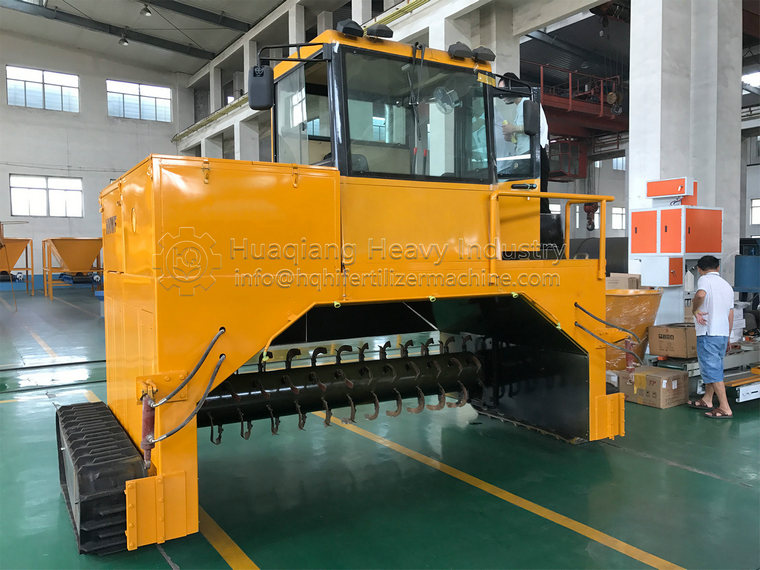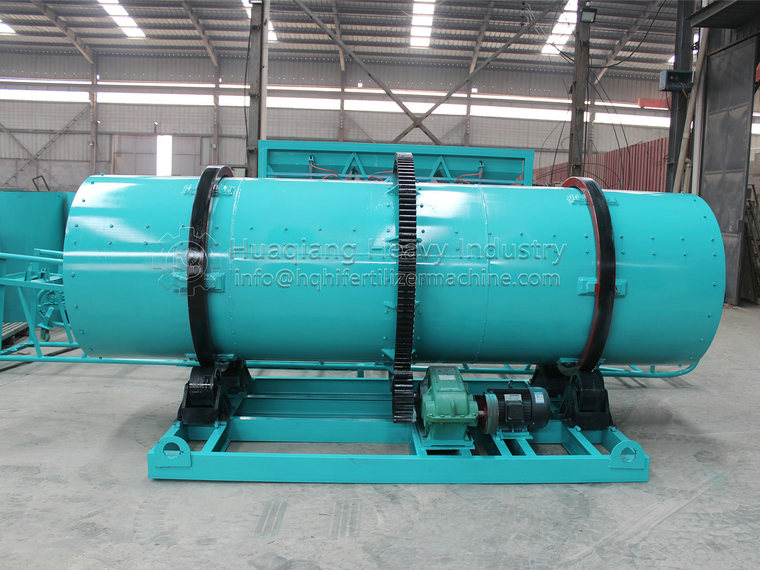What are the advantages of chain crusher in the processing of chicken manure organic fertilizer
The chain crusher has demonstrated many advantages in the processing of chicken manure organic fertilizer, making it one of the key equipment in the industry. The following are the main advantages of chain crushers in the processing of chicken manure organic fertilizers:
Efficient crushing capability:
The chain crusher uses a high-speed rotating chain to strike the material, which can quickly crush large chicken manure cakes or clumps into smaller particles, improving the uniformity of chicken manure organic fertilizer raw materials and facilitating subsequent mixing and granulation processes.
Wide applicability:
Not only suitable for dried chicken manure, but also for processing various types of organic waste such as animal manure, straw, sawdust, etc., it has good versatility and flexibility.
Good durability:
The core components of the chain and hammer are usually made of high-strength and wear-resistant materials, which can maintain a long service life even when facing materials with high hardness or more fibers, reducing the frequency and cost of replacing parts.
Relatively low energy consumption:
Compared to traditional jaw or hammer crushers, chain crushers have lower energy consumption because they rely more on material collisions rather than a single power source, which helps reduce operating costs and improve economic efficiency.
Easy to adjust granularity:
By changing the aperture size of the sieve, it is easy to adjust the particle size of the final product to meet different application requirements. This flexible particle size control capability makes the chain crusher widely applicable in the field of chicken manure organic fertilizer processing.
Compact structure and small footprint:
The chain crusher is exquisitely designed and has a small volume, which can efficiently complete material crushing tasks in limited space, especially suitable for chicken manure organic fertilizer processing plants with limited space.
Easy to operate and maintain:
The operation process of this type of equipment is relatively intuitive and can be proficiently mastered after a brief training. At the same time, its maintenance work mainly involves regular inspections and replacement of vulnerable parts such as chains and liners. Compared to complex and precise equipment, the maintenance work of chain crushers is much easier.
Good dust control:
The current design of chain crushers emphasizes environmental protection and is often equipped with sealing devices and dust removal systems, which can effectively control the dust generated during the crushing process, reduce pollution to the working environment, and ensure the health of workers.
The chain crusher, with its high efficiency, durability, and flexibility, has become a star equipment on the chicken manure organic fertilizer processing line, greatly improving the automation level and production efficiency of organic fertilizer production. However, choosing the appropriate model and specifications of the chain crusher, as well as regular maintenance, are still the key to ensuring its long-term stable operation.



.jpg)




